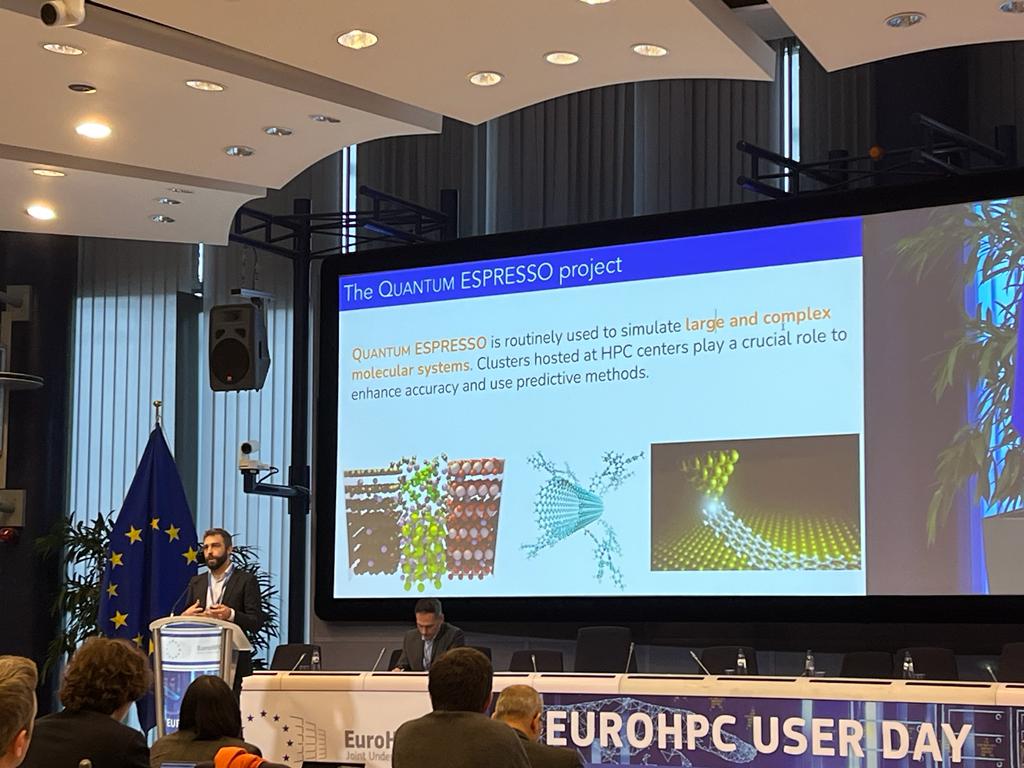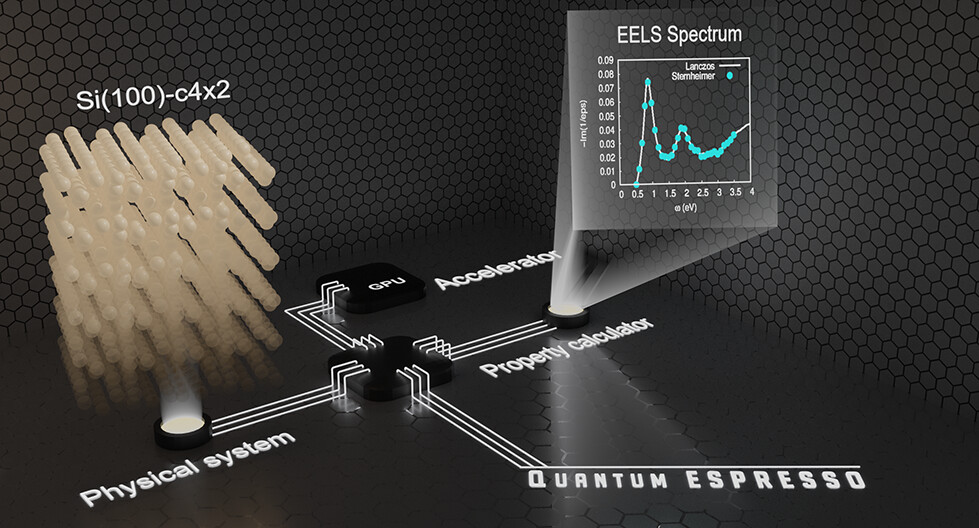Strong magnetic proximity effect in van der Waals heterostructures driven by direct hybridization
An international team of researchers proposes a new type of proximity effect with radical impact in the properties of nonmagnetic materials.

(source DOI: https://doi.org/10.1103/PhysRevB.108.184423)
Proximity effects are an important resource in the design of quantum matter in artificial heterostructures. By proximity effects, an electronic property intrinsic to a certain material can be transferred to an adjacent material in which that property is absent. For instance, when placed in contact with a superconductor or a ferromagnet, a material that otherwise has no electronic property can become superconducting, or magnetic.
"With the advent of two-dimensional materials, proximity effects have become particularly relevant since they can alter the electronic properties of an entire crystal. What motivated the present work has been the discovery of ferromagnetic 2D crystals and the demonstration of van der Waals heterostructures that combine them with nonmagnetic 2D crystals" says the international team of researchers who carried out the study.
Several experimental papers explore the spin proximity effects induced by van der Waals ferromagnetic insulators on a variety of structures (e.g., semiconductors, graphene, superconductors). Here, the team proposes a complementary type of spin proximity effect, based on a spin-dependent hybridization between the electronic states at the Fermi energy in a nonmagnetic conductor and the narrow spin-split bands of a ferromagnetic insulator.
By using the plane-wave and pseudopotential implementation of density functional theory calculations provided by the Quantum ESPRESSO package, the team illustrates the effect in graphene placed next to a monolayer of a ferromagnetic 2D insulator.
Main research outputs:
● Strong hybridization of the graphene bands with the narrow conduction band of CrI3 in one spin channel only.
● Robustness of results with respect to lattice mismatch and twist angle variations.
● Possibility of further modulating the hybridization strength by applying an out-of-plane electric field.
The study shows that this type of proximity effect can have a radical impact in the properties of the nonmagnetic material. Since the hybridization strength can be tuned electrically, the study opens the door to different device concepts and applications.
Quantum ESPRESSO
Quantum ESPRESSO is the major open-source (set of) code(s) for quantum materials modelling using the plane-wave pseudopotential method developed under MaX. A list of its features can be found at: http://www.max-centre.eu/codes-max/quantum-espresso together with a technical description and the download.
MaX Flagship codes
MaX develops and maintains flagship codes that simulate and analyse structural, electronic, and magnetic properties, as well as spectroscopies of materials, encompassing Density Functional Theory (DFT) and Many Body Perturbations Theory (MBPT) methods. Today, MaX challenge is to make such codes ready for the forthcoming exascale hardware architectures. Learn more about MaX software at: http://www.max-centre.eu/software
Reference article:
DOI: https://doi.org/10.1103/PhysRevB.108.184423



